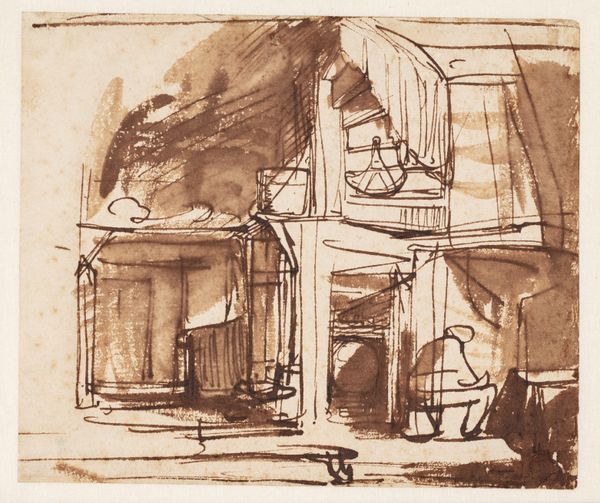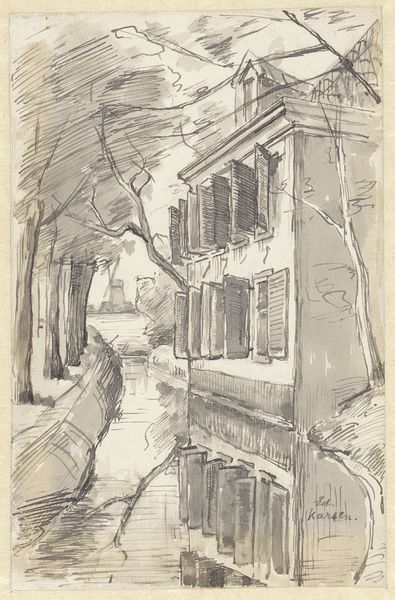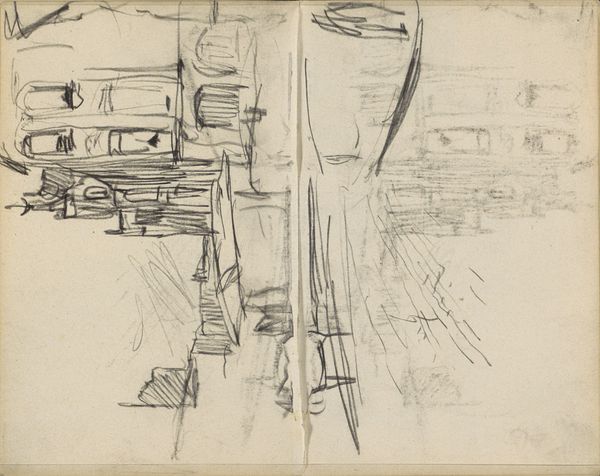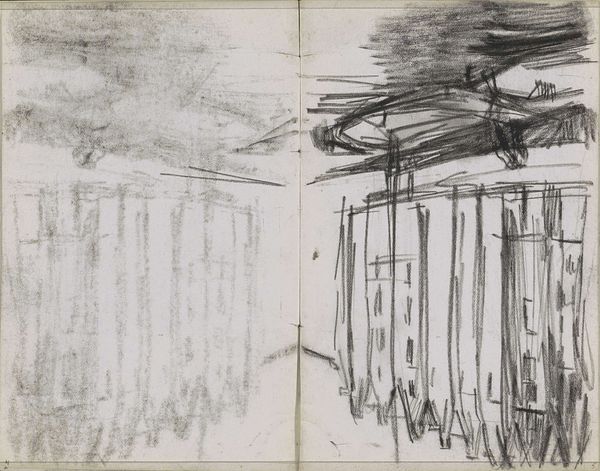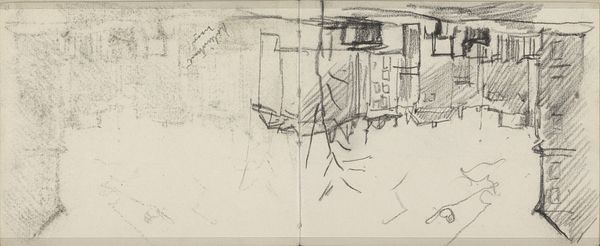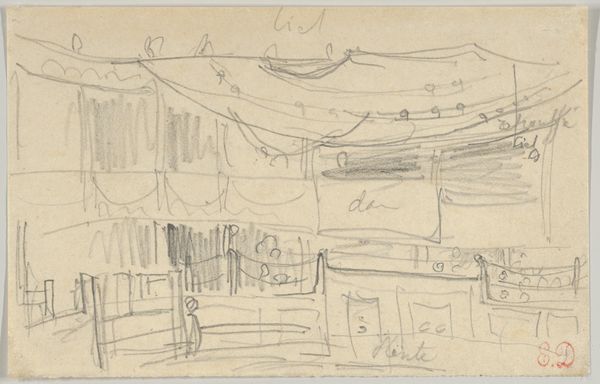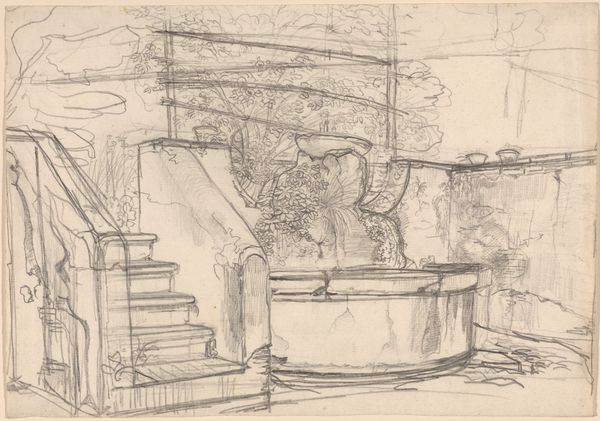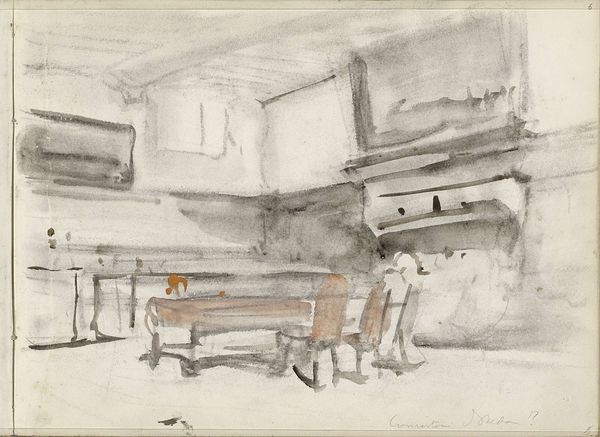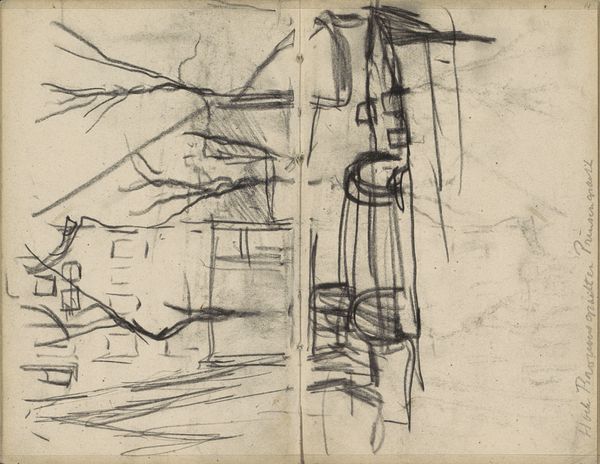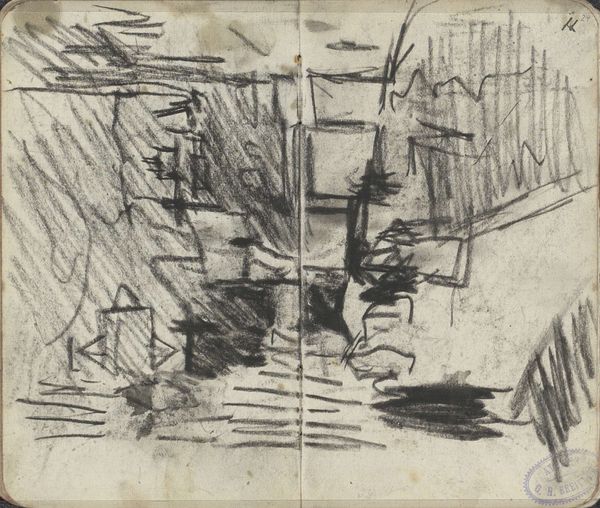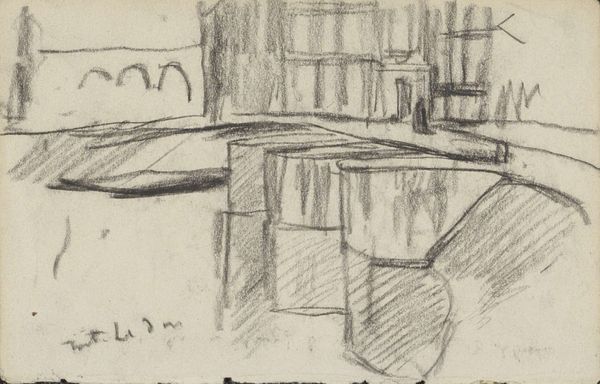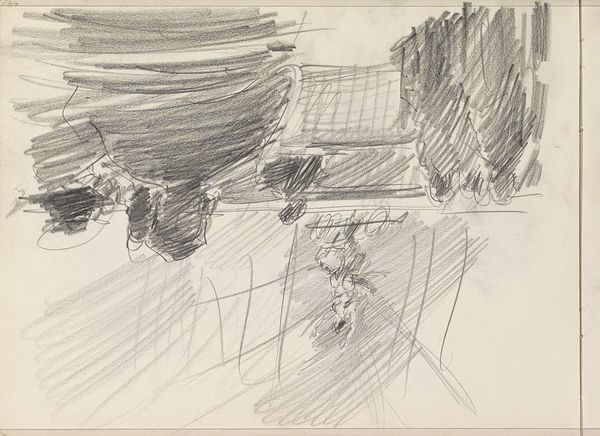
drawing, print, paper, watercolor, ink, architecture
#
drawing
#
neoclacissism
# print
#
paper
#
watercolor
#
ink
#
history-painting
#
architecture
Dimensions: 195 × 263 mm
Copyright: Public Domain
Editor: This is "Study for Sadlers Wells Theater," an ink, watercolor, and graphite drawing on paper from around 1809, by Augustus Charles Pugin. It depicts an interior space, seemingly a theater, but the rendering is loose and gestural, almost dreamlike. It gives me a sense of transience, of something just barely captured. What stands out to you in this work? Curator: The immediate impression is one of liminality, isn't it? Pugin captures not just a space but a cultural moment—theater being a vessel for collective experience, social rituals, and, importantly, the transmission of cultural memory. Note the architectural details, nascent Neoclassicism, symbols of order and reason attempting to contain the messy, emotional experience of performance. Do you see that tension reflected in the sketch-like quality? Editor: Yes, definitely. The rigidity of the architectural lines contrasts with the almost hurried quality of the brushstrokes. It’s like the architecture is trying to hold something chaotic at bay. Curator: Precisely. The symbols are fighting themselves. It hints at a period of transition, where older, perhaps more expressive or emotive forms, are yielding to a new aesthetic order, but the echoes of the past remain visible. That unfinished quality mirrors the instability of the time. Think about the plays performed; were they reinforcing societal values, or beginning to question them? The theatre itself becomes a symbol, holding echoes of cultural anxieties. Editor: So the architecture symbolizes a kind of cultural control or aspiration, but the medium itself betrays the instability of that control. I had only seen the gestural depiction of an interior, I did not considered the work's conflicting symbols. Curator: Visual symbols contain echoes of the past, continuously molded and contested by cultural change. Looking closely unveils those layers of cultural memory. Editor: That’s fascinating. I'll definitely look at architectural drawings differently now. It's amazing how much information is conveyed in what seems like a simple sketch. Curator: Exactly. An image is not simply a representation, but an archive of our shared psyche, our ongoing conversation with the past and the present.
Comments
No comments
Be the first to comment and join the conversation on the ultimate creative platform.
